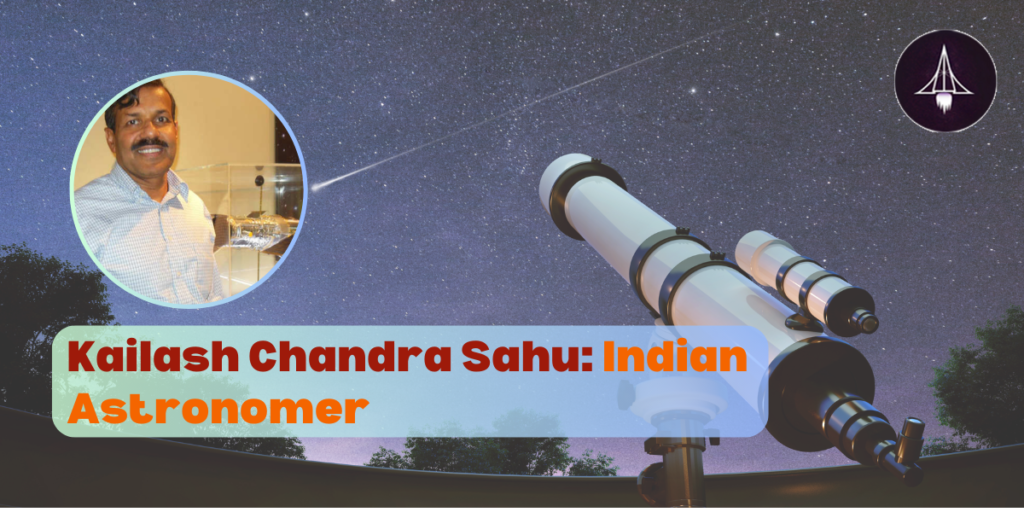From a childhood where his village had no power supply to becoming a leading scientist and achieving what Einstein did not hope to accomplish. This is the story of Kailash Chandra Sahu, who has successfully validated Albert Einstein’s general theory of relativity by measuring mass of an isolate object in the galaxy.
Kailash Chandra Sahu, grew up in Bellagam, a small village by the coast in Ganjam district. Known as the “planet hunter,” he didn’t have electricity in his village, so he spent nights looking at the stars with his father. This sparked his love for astronomy.
Even though Kailash Chandra Sahu couldn’t study astronomy in Odisha, he excelled in Physics, earning a gold medal from Berhampur University in 1977. He did his PhD in Astronomy from Gujarat University in 1985 and researched at @Institute of Astrophysics in Paris and Spain before joining STSI in 1995.
After studying in Paris and Spain, Kailash joined the Space Telescope Science Institute in 1995. He believes his village upbringing greatly influenced his passion for astronomy.
He and his team of astronomers have verified Albert Einstein’s theory of relativity by measuring the mass of an object in the galaxy. While Einstein initially proposed the theory using the deflection of light from the Sun’s gravitational field, he doubted its real-world application.
However, researchers from the US-based Space Telescope Science Institute (STSI), led by Kailash, used the Hubble Space Telescope (HST) to observe this phenomenon in a star other than the Sun.
Leading a team of astronomers, he achieved a groundbreaking feat: the first-ever measurement of relativistic deflection caused by a star outside our solar system.
This star, known as the nearby white dwarf Stein 2051 B, provided a unique opportunity to measure its mass using Einstein’s century-old prediction. Their findings made it to Discover magazine’s “Top 100 Science Stories” of 2017.
Kailash Chandra Sahu’s notable work includes searching for exoplanets through the Sagittarius Window Eclipsing Extrasolar Planet Search (SWEEPS) program, which discovered 16 planets, including five ultra-short-period planets, in 2006.
Their findings not only validate S Chandrasekhar’s theory about white dwarfs but also provide crucial insights into star masses, which determine their size, brightness, lifespan, and post-death fate. This breakthrough method offers a direct way to measure star masses, addressing a longstanding challenge in astronomy.
Share this story and follow SciAstra for your daily dose of inspiration and share this to help us in our mission to build scientists of tomorrow!
Also check this out:-
Ravish Malhotra: The First Indian in Space
Dr. Raja Ramanna: The Nuclear Physicist
Jaykumar Vaidya: The Indian Scientist





